
Discover how to use OKRs (Objectives and Key Results) to create team alignment that improves your company growth.
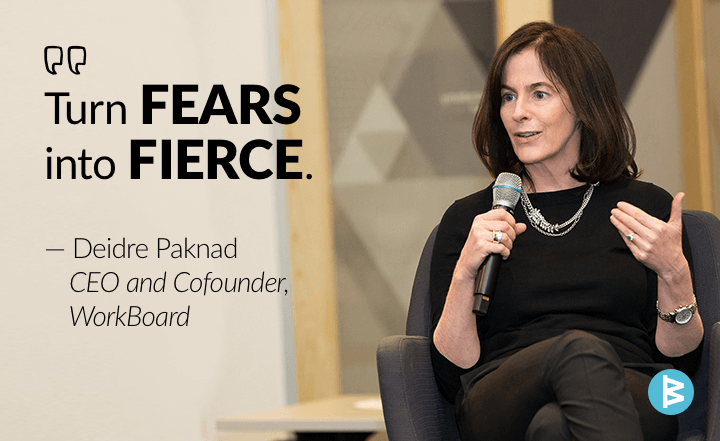
Learn how to imagine the best possible outcomes and organize to achieve them.

In dynamic markets, velocity is a competitive advantage. VQ (Velocity Quotient) is a measure of the time and resources needed to achieve desired results. CEO Deidre Paknad explains how you can achieve more with less using WorkBoard's Business Velocity Platform.

Now is the perfect time to experience gratitude. It’s the ultimate win/win: we feel great when we experience gratitude and, when we share it, other people feel great too.
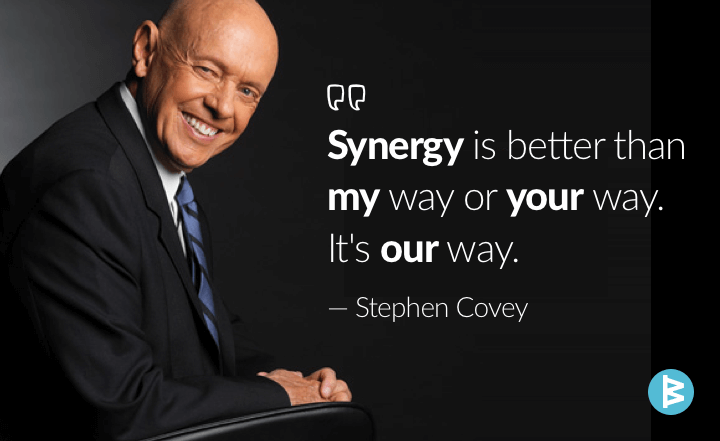
For any leader wanting a results-oriented team, that team must operate in synergy. Learn the three 'foundations' that must be in place for synergy to occur.
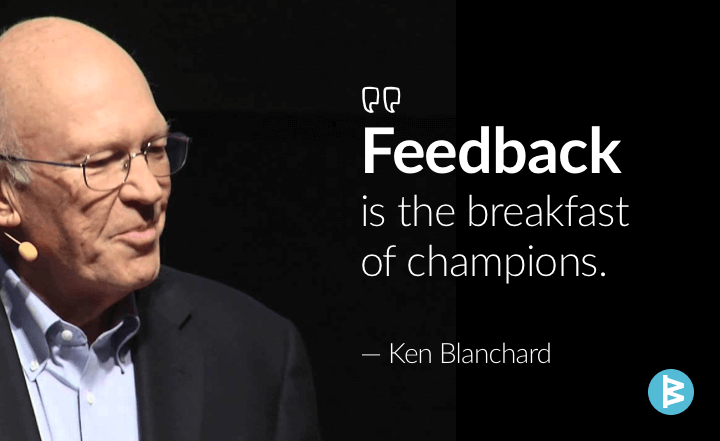
If you lead a team, coaching people and giving regular feedback — positive and constructive — is part of the job. Put people at the top of your priority list and elevate your 1on1s with these 5 topics.
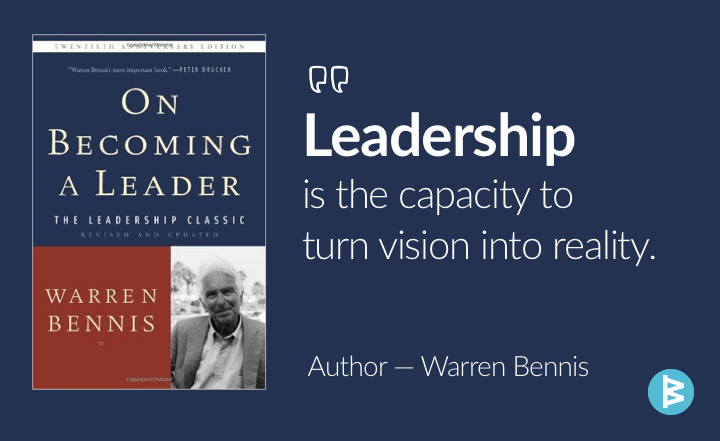
Leadership is a personal quality and behavior, not a role or title. And while it’s always been important for senior managers and executives to lead, it’s never been more important for front line managers to do so.
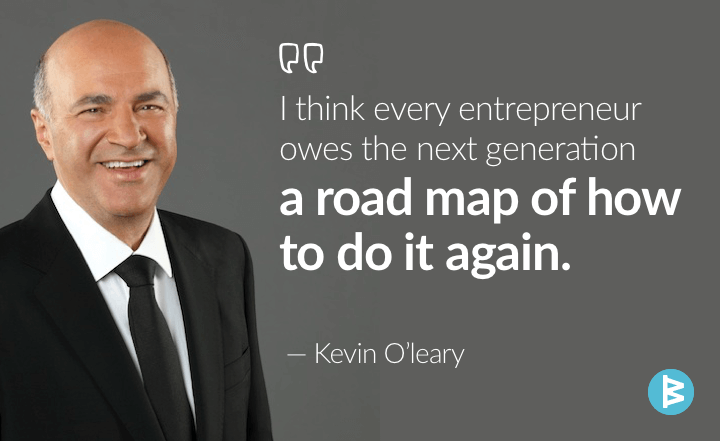
Corporate recruiters and executives are saying that their organizations have difficulty managing millennials. Keep these tips in mind to smooth out the differences and engage your young, talented team members.
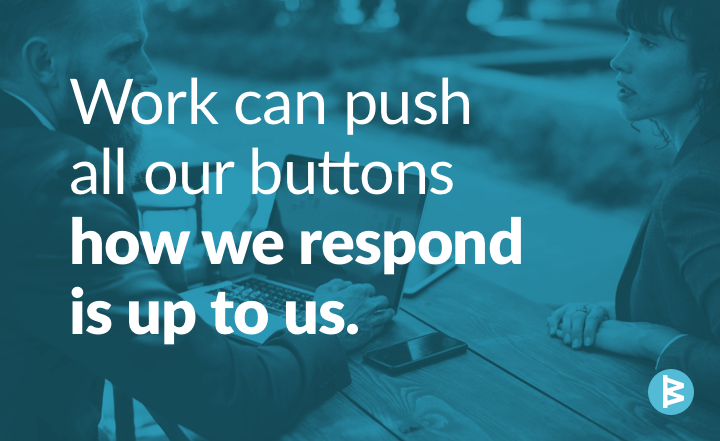
Work can push all our stress buttons. While too much stress isn’t good, the sensation of stress is an important business signal — it can help us identify what needs our attention.
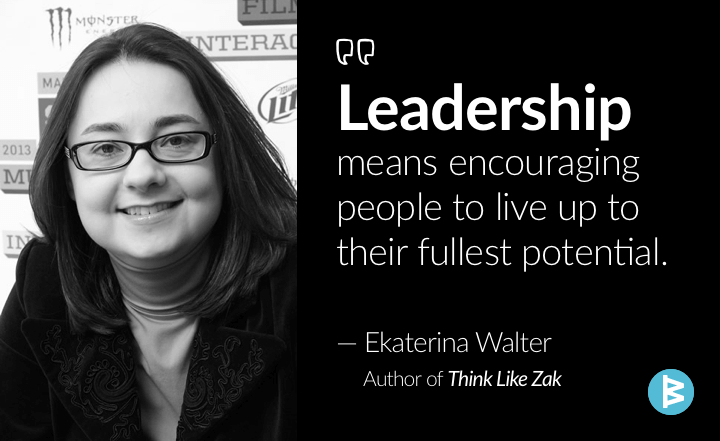
At your next set of performance reviews, you may discuss what goals were met, next year’s objectives, or where performance needs improvement. But new research suggests that more than fixing flaws, managers should be concerned with building on strengths.
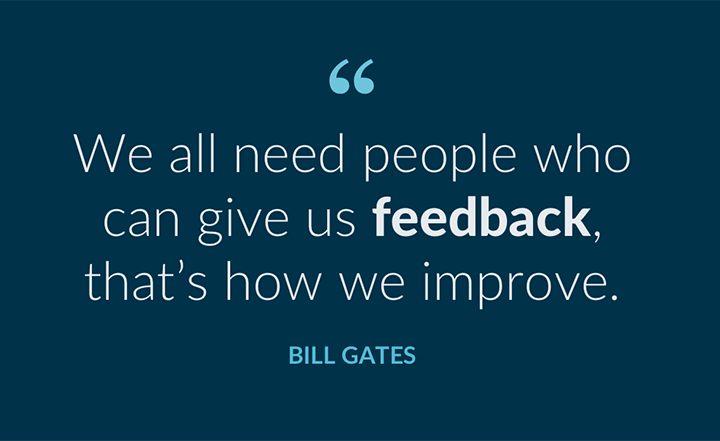
While feedback on what we do well is gratifying, feedback on what we can do better helps us improve. By viewing feedback as learning and leading opportunities, we maximize career and team velocity.
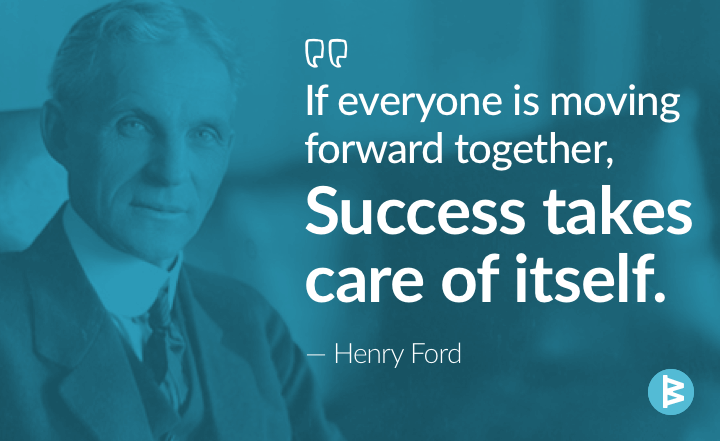
When individuals lose focus on the organization's goals, both team and personal aspirations can suffer. These 8 tactics can help prevent career and goal gaps between managers and team members.

Work stresses people out — fear of failing, pressure to achieve, having to reply on others for our own success, overload, self-doubt and more. These 4 tips can help you achieve more success and keep your balance, even when things get stressful!

Can you be a leader and an entrepreneur? In this interview, Dr. Maryann Baumgarten of Lit Up Leadership asks how WorkBoard CEO Deidre Paknad has built success as both, and how you can too.

Ironically, it’s hard to spend time on product or strategic thinking, but easy to spend too much time thinking about regrets or fears. Follow these tips to deepen good thinking and avoid wasting energy on negative thinking.

The benefits of opportunity creators, coaches and mentors are immense at any stage of your career. Learn how to engage mentors and make the most of the growth opportunities they provide.
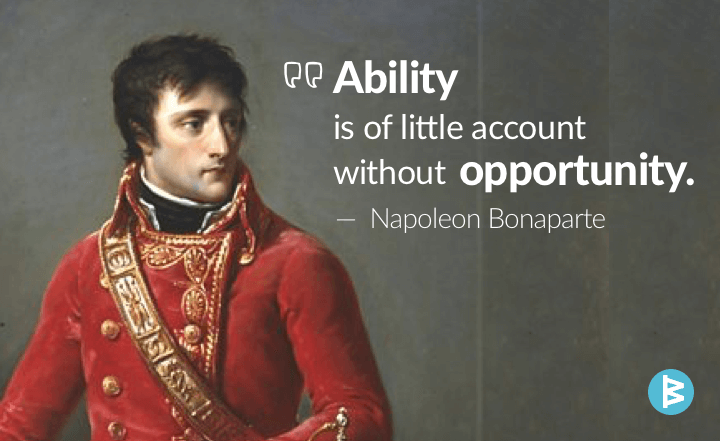
It's good to consider our roles as managers in helping people achieve their potential. In addition to assessing what they've done, take the time to consider what you've done — and can do — to help them achieve.

Customers who love your company and product are generous with ideas, perspectives, praise, and referrals, and forgiving of the occasional bug. Inspire crazy love to improve your company’s financial success, your customers' success and your cultural health.

Experts will tell you that the best pitchers have 3-4 different pitches they can throw at any given time and at any velocity they choose to solve the predicament in front of them. Follow these four steps to increase your versatility and effectiveness.
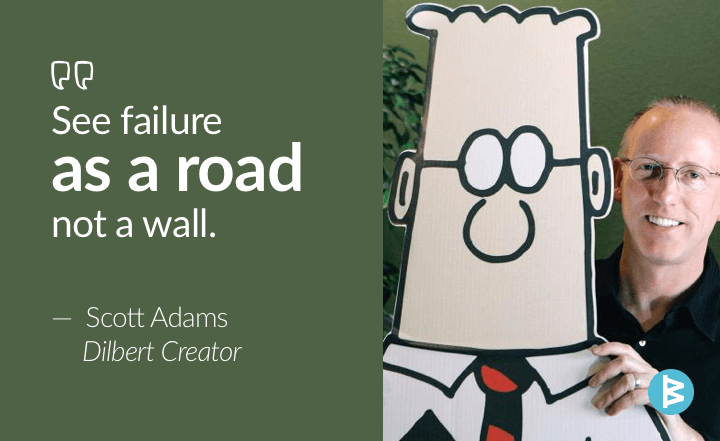
Without clear thinking, fear of failure and failure itself can undermine our leadership styles, performance, judgment and even our happiness. Here are three tips for embracing fear and failure and getting value from them.

Great leaders are givers — but in an effort to give more, do more and be more, many put their own needs on the back burner. These three habits can help you be well to do well.

Executive coach and guest velocity guru Cherie Healey offers more guidance on building Brand YOU — ways to move beyond obstacles, build your personal brand, and harness your full leadership potential.
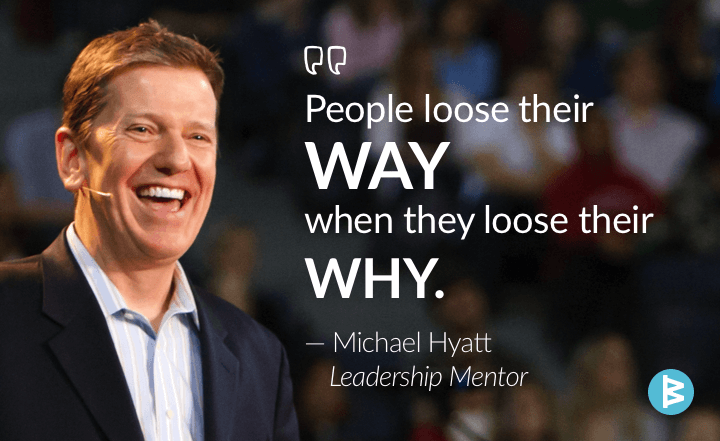
Author and blogger Michael Hyatt recently laid out three essential ingredients that turn a person’s vocation into their calling: you must love what you do, you must be talented at what you do, and you must be able to make a living doing it.

Everyone understands why a business needs a solid brand — it distinguishes the company and conveys its essence. Likewise, the people who take the time to build their personal brand stand out in a crowd of talent.

Coretechs CEO Andrew Adelman offers 4 tips on using fact-based interviews for making better hires.

Studies show that when you’re great at your job, the results are high employee engagement, higher profits, and better customer service. This infographic celebrates great bosses and the five things they do that make their teams and their organizations very successful.
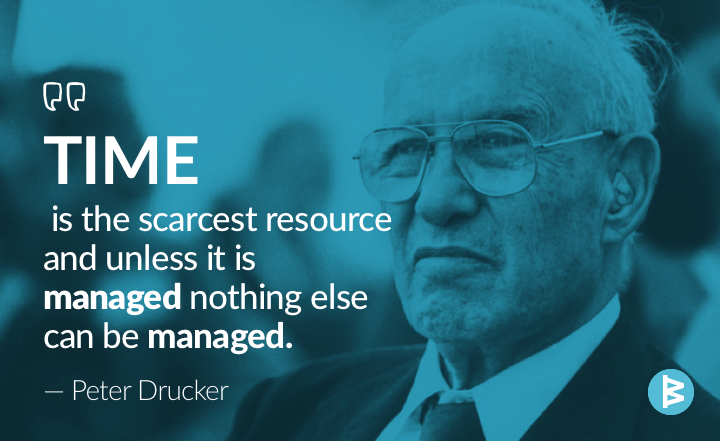
Time is the greatest lever we have to achieve business goals, yet most leaders don’t manage it as scarce capacity — setting up employee engagement challenges and fatigued thinking.

Entry level workers don’t work well with someone breathing down their neck. Leaders, on the other hand, are not the same as an entry level or mid level employee — it is one leader’s job to attract other leaders, to move forward together.

Management skill and leadership pipeline are the top talent concern of CEOs, yet 5% believe their pipeline is sufficient, so it is time to invest in the hard work of growing great managers. These four steps can help your organization cultivate, grow and instill management skills.

At the start of the year, it is traditional to reset personal goals and dream up new ones. Use this framework for building new leadership habits to achieve your goals.

As a manager, you need to work with and through your team coordinating, prioritizing and delegating work to achieve results. These tips can help you quickly transition to a great manager of a high velocity team.

Great teams are intentional about driving clarity, alignment and conversation, — the keys to high performance. To help everyone operate at their best, young team members and senior managers can benefit from these five tips.
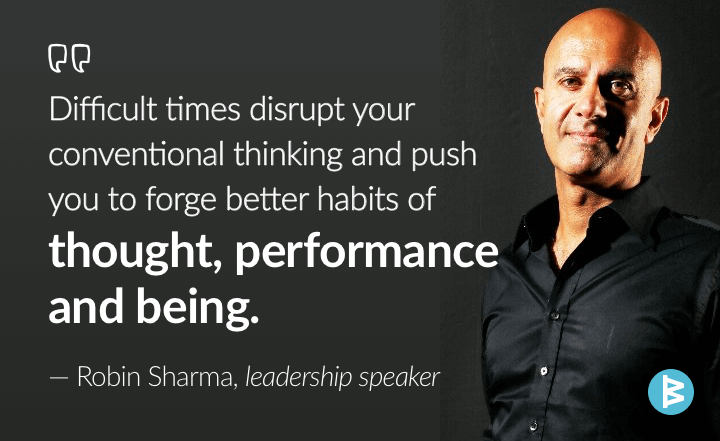
Low performing teams are plagued by dysfunction and produce more frustration than progress. What undermines the performance of groups and teams?

Aligning time, skills and effort to the intention to build leadership skill and capacity is not easy, but it is more important than ever.
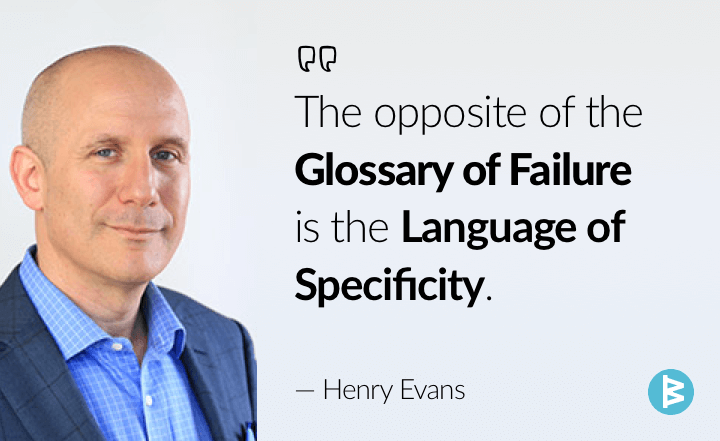
Language used to forecast relationship or project failure is called the “Glossary of Failure.” Learn to use specific, clear language to increase accountability and strengthen the accountability culture within your organization.

An accountability partner is someone with whom we share our commitments, knowing that they will hold us accountable and responsible for executing what we told them we would do by when we said we would do it. Follow these three tips to choose an accountability partner to drive results.
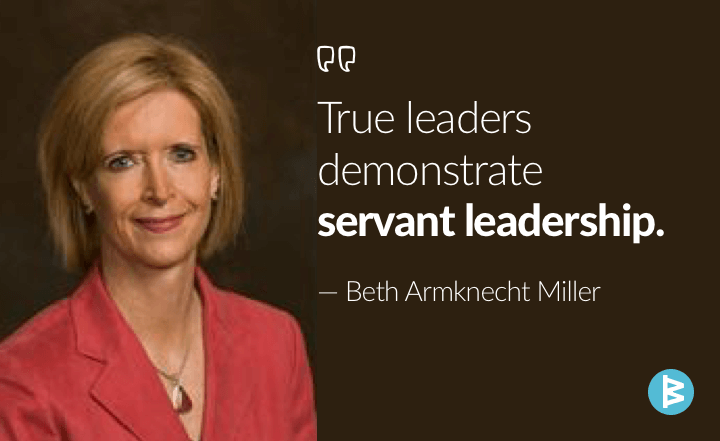
True leaders demonstrate servant leadership which requires time and lots of it. Here is a list of acts of leadership that are true gifts to employees receiving them.
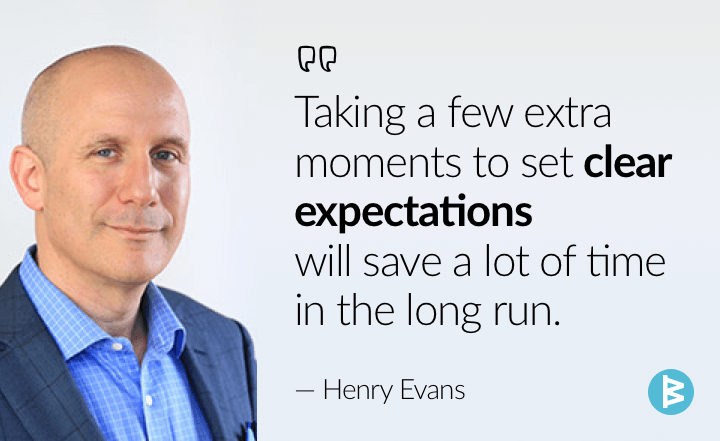
Clear language and communication is key to driving your team's success. Follow these tips to set clear expectations before the start of every project.

Feedback is a gift. Follow these tips on asking for advice, and what to do to make the most of the feedback you receive.
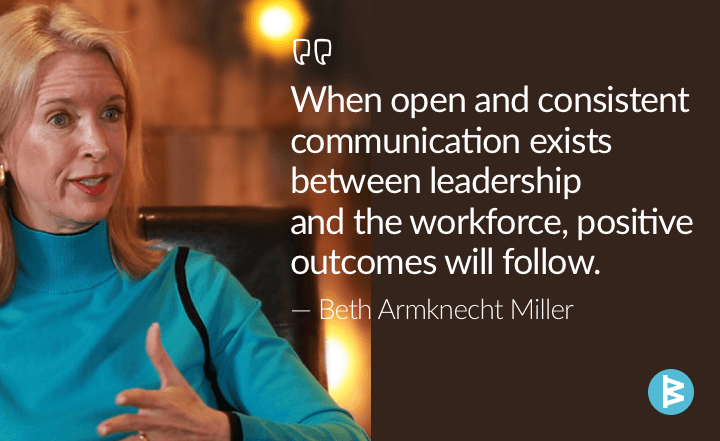
Regular 1on1 meetings increase engagement and have a positive effect on productivity. Improve your outcomes with open and consistent communication between leadership and the workforce.

Coaching can be an extremely rewarding experience, but there are times when the coaching relationship can become frustrating to you and/or the coachee. So what could be causing your frustration?

Great leaders and organizations always have a "team behind the team" — those individuals that support, encourage, coach, question and push them towards greatness. Make your "team behind the team" instrumental to your next epic win.

For years organizations have been measuring employee engagement. So why haven’t we moved the needle on the very basic service profit chain?

True leaders demonstrate servant leadership which requires time and lots of it. Here is a list of acts of leadership that are true gifts to employees receiving them.

Coaching has become a critical competency for today’s leaders, and has been shown to deliver a number of benefits including: increased performance, communication skills, and better work relationships. Here are six techniques to use during your coaching conversations to make them productive.

For more productive 1on1s, use the GROW method (Goal setting, Reality checking of the current situation, Options available to move forward to the goal, and What, When, Who, a commitment to action.)